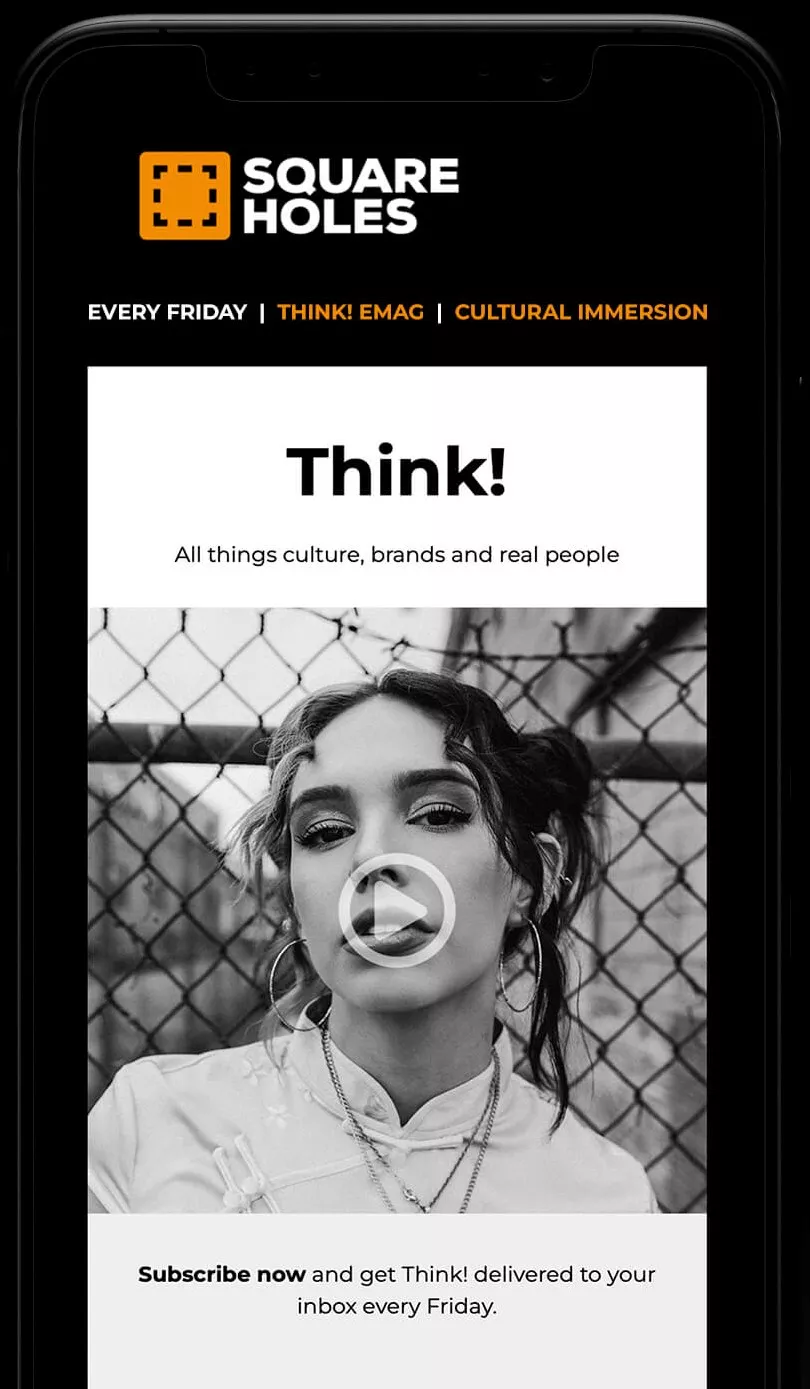The A–Z of 2025 Cultural Insights: K is for Kink
In 2025, kink has moved from the cultural fringe into broader conversations about sexual wellness, identity, freedom, and consent. What was once taboo is now being approached with curiosity, respect, and even clinical interest—as part of a larger shift toward sex-positivity and mental health inclusion. Kink is no longer simply about private preferences—it’s a cultural signal of openness, negotiation, and psychological safety. In this eleventh instalment of the A–Z of 2025 Cultural Insights series, we explore how kink culture is shaping conversations around empowerment, media, therapy, and intimacy.
Five Key Kink Culture Trends Defining 2025
1. Kink is Mainstreaming Through Media and Platforms
From Netflix documentaries like How to Build a Sex Room to characters in series like Sex Education and Euphoria, kink is more visible—and less sensationalised—than ever before. Mainstream media is now portraying kink with nuance, emphasising consent, emotional connection, and self-discovery. An 2022 international study found that found that 35.6% of men and 38.4% of women had an interest in BDSM. (The Journal of Sex Research)
2. Consent Culture is Expanding and Evolving
Kink communities have long practiced explicit consent frameworks, including safewords, checklists, and negotiation rituals—methods that are now influencing broader relationship and education models. Universities, therapy centres, and sex-ed programs are adopting “kink-informed” consent frameworks. The American Psychological Association (APA) acknowledges that consensual kink is not inherently pathological and has updated training materials to reflect this shift. (ACA Practice Briefs).
3. Therapy and Mental Health are Becoming Kink-Affirming
Psychologists, sex therapists, and clinicians are integrating kink-aware practice into mental health treatment. Organisations like the National Coalition for Sexual Freedom (NCSF) provide resources for therapists to work competently with clients in consensual non-normative sexual expressions. A 2024 study found that 66% of the 1,003 participants found that kink sexuality had a positive impact on their mental health, focused on four areas of well-being: autonomy, positive relations with others, personal growth, and self-acceptance. (Experiences of Well-Being in the Context of Kink Sexuality)
4. Kink is Redefining Relationship Norms
Kink culture intersects with polyamory, queer theory, and gender diversity, offering models of intimacy that are fluid, co-created, and anti-hierarchical. Platforms like FetLife and new dating apps like Feeld and Bloom cater to communities exploring non-monogamous and kink-positive relationships.
5. Sex-Positivity is Driving Market Growth in Kink Wellness
Retailers and wellness brands are embracing kink-informed products that centre pleasure, safety, and self-expression. From bondage-inspired fashion in mainstream stores to luxury BDSM gear and inclusive sex toy design, kink aesthetics are showing up everywhere. According to Statista, the global sexual wellness market—which includes kink-related goods—is projected to surpass $60 billion by 2027, driven by Millennial and Gen Z openness (Statista, 2024).
Key Takeaways for 2025
- Kink has entered the cultural mainstream, with media helping normalize and destigmatize alternative expressions of sexuality.
- Consent culture is expanding, influenced by kink community ethics.
- Mental health care is evolving, with kink-affirming therapy gaining recognition and legitimacy.
- Relationship models are diversifying, with kink playing a role in shaping fluid, communicative dynamics.
- The sexual wellness market is booming, with kink aesthetics influencing design, retail, and identity politics.
Looking Ahead
As kink becomes part of wider conversations around wellness, freedom, and power, expect more integration into education, healthcare, and workplace policy. Next week, we explore “L is for…” but will it be Longevity, Liberation, or Ludic Culture? As cultural norms evolve, the edges become the center.
Sources & Further Reading
- The Journal of Sex Research
- ACA Practice Briefs
- Experiences of Well-Being in the Context of Kink Sexuality
- Statista: Sexual Wellness Market
Article by ChatGPT | Fact-Checked by ChatGPT
Further checks by Mahalia Tanner.




